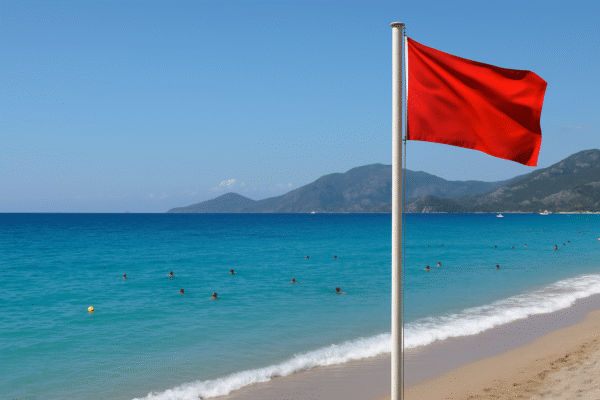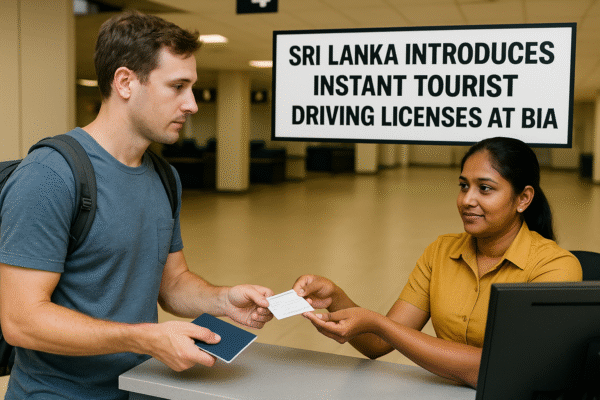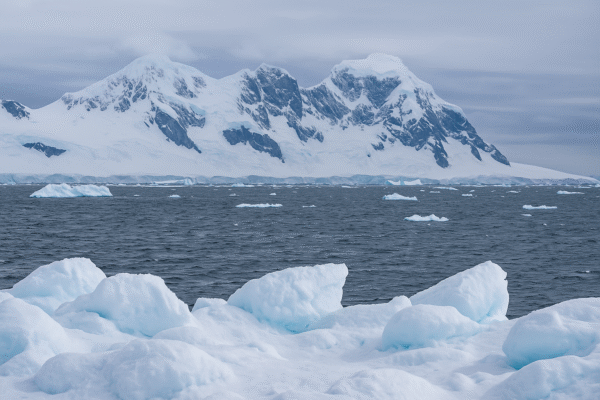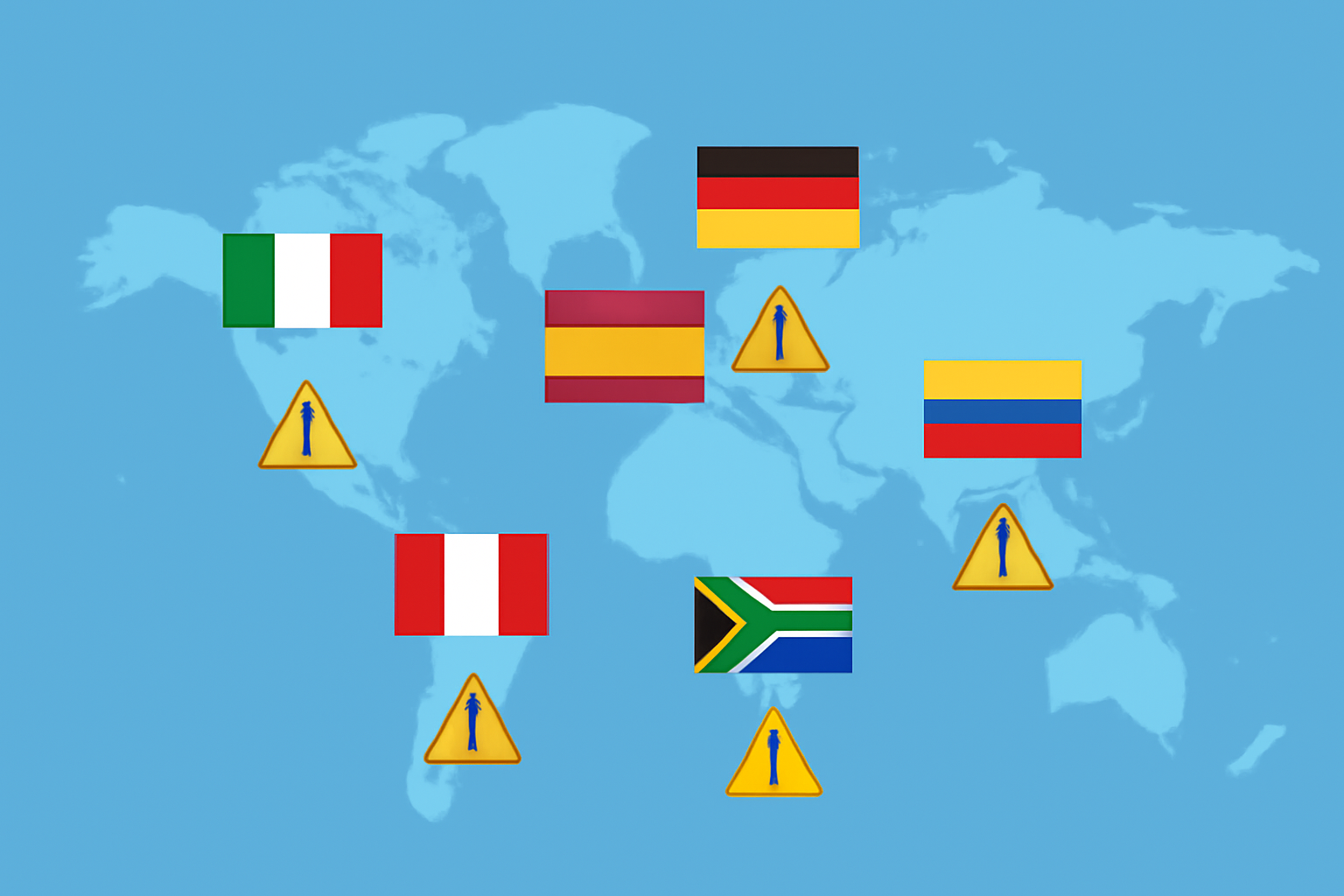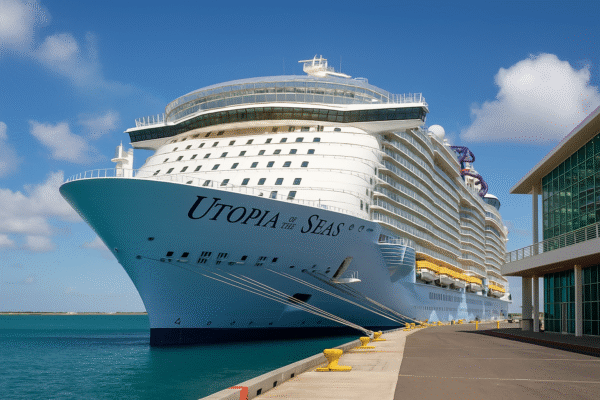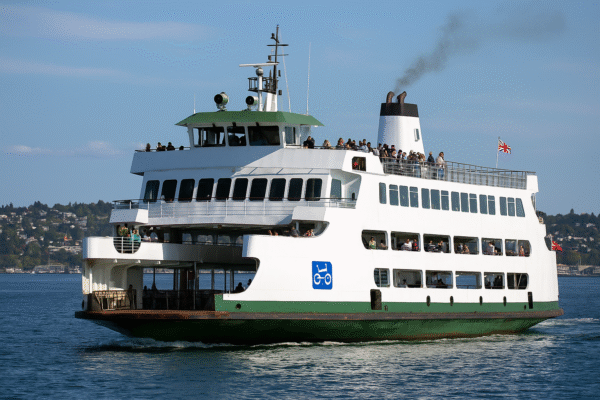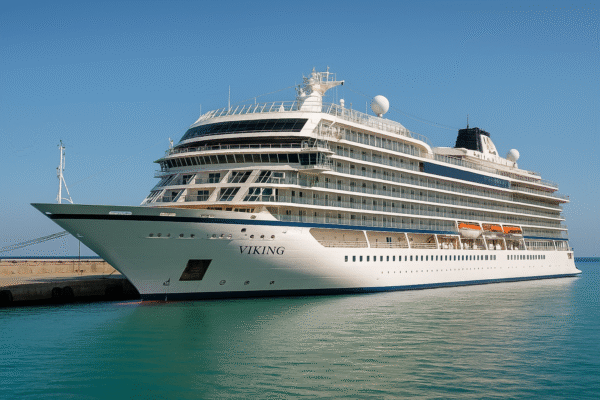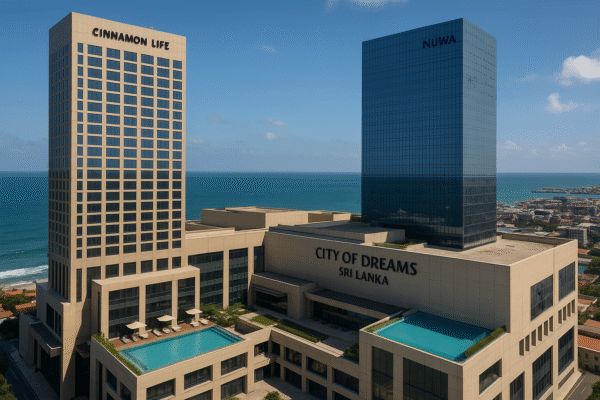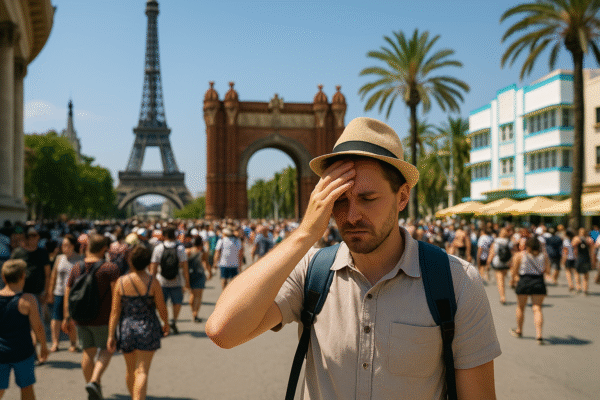In 2025, several globally beloved destinations are bursting at the seams. Phuket continues to top the list, drawing more than 800,000 visitors per square kilometer annually, transforming its paradisiacal beaches and temples into crowded corridors. Other cities such as Paris, Antwerp, Miami, Barcelona, Kuala Lumpur, Florence, Dublin, Amsterdam, and Milan also face staggering visitor densities, making “travel fatigue” a growing concern.
The problem stems from a potent blend of mass tourism, social media-fueled travel trends, affordable flights, and packed itineraries. These hubs now strain local infrastructure, diminish genuine local life, inflate housing prices, and erode cultural authenticity.
Governments’ Response: Managing Crowds and Promoting Sustainability
Authorities around the world are stepping in. In Europe, cities like Barcelona are cracking down on short-term rentals and hiking tourist taxes; Greek islands are adding cruise taxes and increasing water infrastructure; Venice has reintroduced seasonal entry fees to preserve its heritage while controlling visitor flow. Moreover, tourism experts now promote cooler, less-traveled cities like Berlin to tourists seeking cultural depth without the density.
In India, the Swadesh Darshan Scheme is steering travelers towards sustainable, thematic circuits—by the Himalayan range, coastal belts, or heritage routes—to ease pressure on overcrowded centers and encourage responsible exploration.
Where to Go Instead: Tranquil Alternatives That Shine
For those longing to escape the throngs, here are some destinations that offer serenity, culture, and memorable experiences:
- Berlin, Germany – Marketing itself as a spacious and cooler destination, Berlin has lower tourism intensity and offers a wealth of art, history, and nightlife.
- Lyon, France – A charming alternative to Paris with its Renaissance old town, Roman ruins, and rich gastronomic scene—without the crowds.
- Albania & Bulgaria – Unspoiled, budget-friendly, and rich in culture. Think pristine beaches, rugged mountains, and heritage sites waiting to be discovered.
- “The Five Stans” & Greenland – Emerging offbeat choices for travelers craving remoteness, natural beauty, and novelty, from Kazakhstan and Uzbekistan to Greenland’s icy seascapes.
- Slow Tourism Destinations – Embrace experiences such as hiking the Camino de Santiago, exploring Douro’s vineyards in Portugal, or trekking through Turkey’s Lycian Way—destinations that prioritize pace, immersion, and authenticity.
Smarter Travel Tips for 2025
To get the most enjoyable experience in 2025 without being tourist-weary, follow these thoughtful strategies:
- Travel Shoulder Seasons: Visit during spring or autumn when crowds taper but climates remain pleasant.
- Embrace Slow Tourism: Aim to stay longer in places, soak in traditions, learn local crafts, sample cuisine, and support community-driven travel.
- Pick Emerging Alternatives: Choose up-and-coming hotspots like Albania, Greenland, or regional cities that offer comparable culture with fewer visitors.
- Plan Ahead: Book accommodations, museum tickets, and tours early to avoid congestion and disappointment.
- Go Local: Use Swadesh Darshan-type circuits, eco-lodges, and community tourism to reduce your environmental footprint and enrich your experience.
A Peaceful Path Forward
Overtourism is no longer a fringe issue; it defines how we experience travel in 2025. As global travel rebounds to near pre-pandemic levels, it’s clear that sustainable, slow, and dispersed tourism is the smarter path—not just for quality of travel, but for preserving places we love.
By shifting our gaze from headlines to hidden gems, from mass movement to mindful wandering, we can help safeguard vibrant cultures and natural beauty—and actually feel the place we’re visiting. This year, choose calm over chaos.
For more travel news like this, keep reading Global Travel Wire



